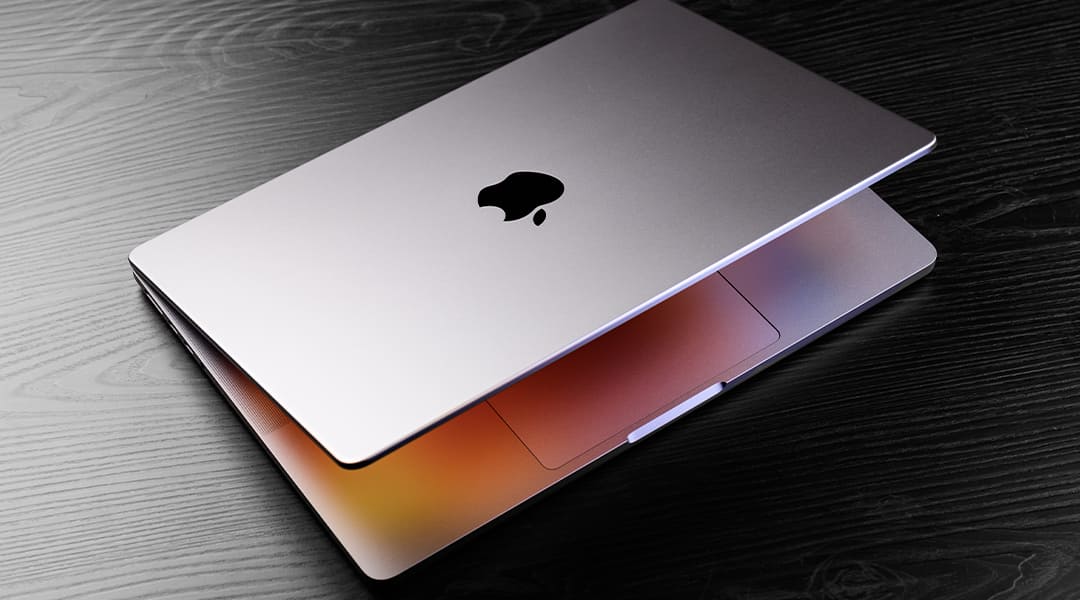Navigating the challenges of a MacBook overheating situation can be both frustrating and concerning, potentially impeding your productivity and putting your device at risk of damage. Although overheating issues are not uncommon, a thoughtful and informed approach can often bring effective resolution.
Whether you're engaged in intensive tasks or simply navigating the web, maintaining the optimal temperature of your MacBook is crucial for its longevity and peak performance. This article aims to equip you with effective strategies to safeguard your MacBook from overheating , ensuring your device runs seamlessly and efficiently.
If you find yourself contending with MacBook overheating troubles in Tampa, Florida, WarriorMac stands out as the leading solution to alleviate your concerns. Don't let overheating disrupt your MacBook's performance any longer; visit WarriorMac or call now to experience top-notch service and restore your peace of mind.
1. Keep Your MacBook on a Hard, Flat Surface
MacBook overheating often stems from insufficient ventilation. Placing your MacBook on soft surfaces, such as a bed or your lap, can impede air vents and constrain airflow, resulting in increased heat. To counteract overheating, consistently position your MacBook on a solid, flat surface to facilitate optimal ventilation and temperature regulation.
2. Avoid Direct Sunlight and High Ambient Temperatures
Exposing your MacBook to direct sunlight or operating it in a high-temperature environment can contribute to overheating. Keep your MacBook in a cool, shaded area to avoid external heat sources that can exacerbate overheating issues.
3. Clean the Air Vents Regularly
Dust and debris can accumulate in your MacBook's air vents over time, obstructing airflow and leading to overheating. Regularly cleaning the air vents with compressed air can help maintain adequate ventilation and prevent your MacBook overheating.
4. Use Cooling Pads
Cooling pads are an effective solution for managing MacBook overheating. These accessories help increase airflow around your device, significantly reducing the risk of overheating, especially during prolonged use or heavy processing tasks.
5. Monitor and Close Resource-Intensive Applications
Some applications are more resource-intensive than others, causing your MacBook to work harder and potentially overheat. Monitor your MacBook's activity using the Activity Monitor tool and close any applications that are consuming excessive resources to help manage overheating.
6. Update Your macOS Regularly
Apple frequently releases macOS updates that can improve your MacBook's performance and efficiency, potentially addressing overheating issues. Ensure your MacBook is up to date with the latest macOS version to benefit from these improvements.
7. Consider Professional Servicing
If your MacBook overheating issues persist despite following these strategies, it may be time to consider professional servicing. Sometimes, overheating can be a symptom of a more significant problem, such as a malfunctioning fan or thermal paste that needs replacing.
Conclusion
MacBook overheating can be a significant concern for any user, but with the right strategies, you can effectively manage and prevent this issue. By ensuring proper ventilation, keeping your MacBook clean, and monitoring its usage, you can maintain optimal performance and extend the lifespan of your device.
Remember, if overheating continues to be a problem, professional servicing may be necessary to address underlying issues. Keep your MacBook cool and efficient with these practical strategies, and enjoy uninterrupted productivity and entertainment.
